It's all about Core
Intel spent a long time talking about its brand new Core microarchitecture at the Intel Developer Forum Spring '06. Yonah (officially named Core Duo) is the predecessor to the new Core microarchitecture chips to which it lends its name, and it is predominantly a mobile part, but also forms an important part of the company's Viiv platform for low-power, high-capability media PCs. Core Duo, despite the name, doesn't sport the Core microarchitecture, which will appear first in Conroe - now called Core 2 Duo - in just a couple of month's time.The chip was originally unveiled at last year's Intel Developer Forum Fall event in conjunction with the Napa platform for notebooks, but wasn't officially given its Core Duo brand name until this year's Consumer Electronics Show in Las Vegas, where Intel announced its Leap Ahead and also its Viiv platform.
Yonah is Intel's first mobile processor manufactured on its 65-nanometre process technology, and its roots are quite obvious. It's based on the very successful Banias and Dothan cores that came under the guise of Pentium M and the Centrino platform. There were some short comings with the Banias/Dothan chip family, though - these were mainly related to the feature set.
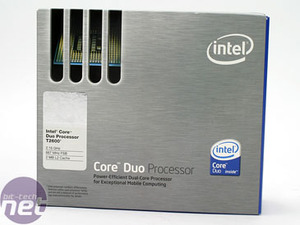
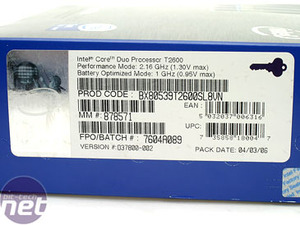
Aside from the lack of EM64T support, which could become a relative non-issue, the Core Duo chip seems to be reasonably complete but there are a few other architecture-related problems. Much like AMD's Athlon 64 X2 architecture, Core Duo is intentionally designed to be a dual core processor. This is a change from the way that Intel has implemented any of its previous architectures - both Presler and Smithfield processor cores communicated with each other via the front side bus. Consequently, this introduces a lot of latency.
Yonah is still a high latency platform due to the lack of an on-die memory controller - this is somewhere where AMD's Athlon 64 architecture excels. However, Intel manages to hide a lot of the latency with its Smart Cache technology. This essentially allows both cores to use the same L2 cache.
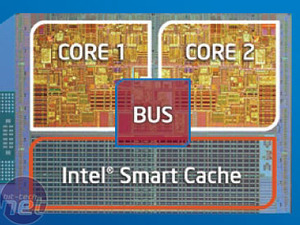
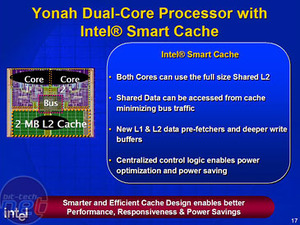
The features table includes support for SSE3 instructions, improved SSE2 instruction capabilities, Execute Disable Bit for improved virus protection and also Intel's virtualisation technology. Along with the standard array of power management features, there are improved power management technologies included in Yonah, too.
Intel has gone a step further than previous implementations by enabling the two cores to manage their own low-power states independently. This also extends to the shared L2 cache, where the chip can deactivate portions of cache if the running applications don't need to use all of it. Obviously, these innovations help to reduce the thermal design power, as all of Intel's current Core Duo models have a TDP of 31W. By comparison, the faster Dothan chips have a TDP of 27W. Bear in mind that the Dothan is only a single core, while Yonah is a dual-core CPU.
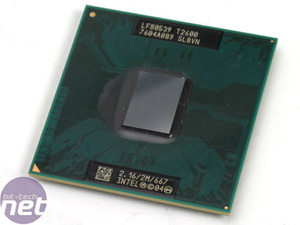
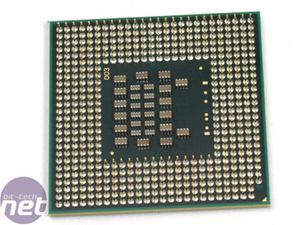
Core Duo is not compatible with previous Pentium M motherboards in much the same way that the Pentium M chips are not compatible with Core Duo motherboards. This is mainly because the pin arrangement is physically different. But that is not the only reason, because there are also a number of new chipset functions introduced in Intel's 945 and 975-series chipsets. We have managed to get hold of one of AOpen's i975Xa-YDG motherboards, which essentially enables Yonah to function in a desktop environment.

MSI MPG Velox 100R Chassis Review
October 14 2021 | 15:04







Want to comment? Please log in.